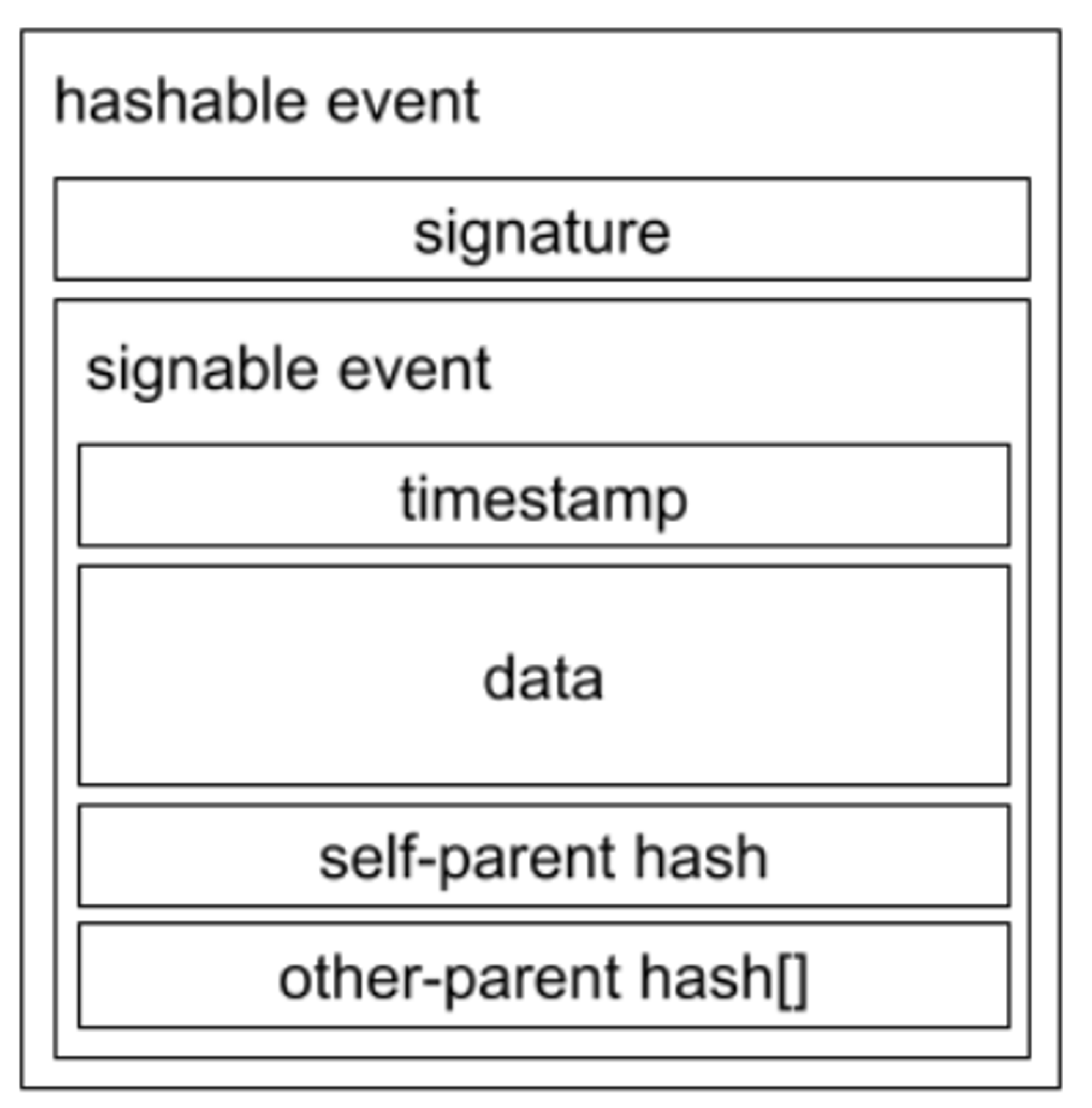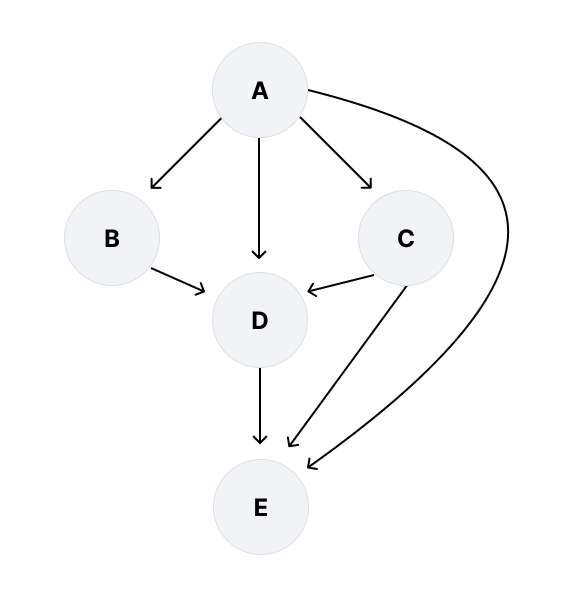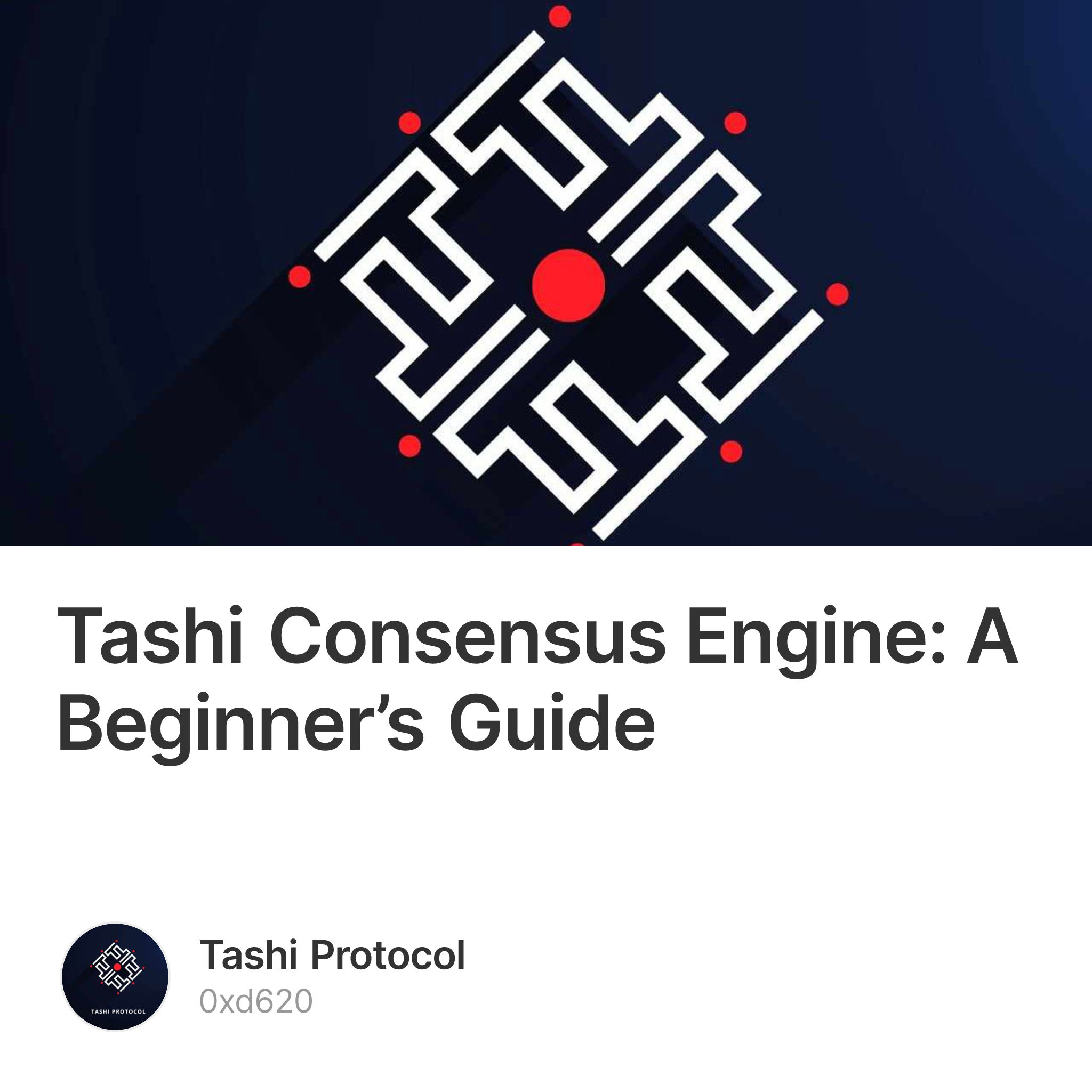TLDR: Tashi Consensus Engine represents a significant advancement in blockchain technology, offering a robust and efficient solution for achieving consensus in distributed networks. Its innovative approach, coupled with its performance benefits and cost efficiency, positions Tashi as a promising option for various Web2 and Web3 applications.
For tech deep-dives:
What are Consensus Algorithms?
A consensus algorithm is a protocol or mechanism that is used to achieve agreement among the nodes in a distributed network. Let’s use the analogy of a video game. There are a bunch of different players all pressing buttons on their keyboards and those inputs are going out to every other person. But everyone needs to come to an agreement about how inputs were ordered. The challenge here is simple. If you are pressing A, that happens instantly for you, but for others, they can’t see it. What we have to do is then wait for everyone to reach consensus on what order of events occurs. A consensus algorithm determines this order of events.
How does the Tashi Consensus Engine work?
- Event Bundling and Distribution: TCE operates by bundling user inputs into events and disseminating them to all peers in the network. These events carry data, a timestamp, the hash of the last event created by the peer, known as the “self-parent” hash, and also include hashes of recently received events from other peers, known as “other-parent” hash (see diagram below).

2. Directed Acyclic Graph (DAG) Formation: TCE assembles these events into a Directed Acyclic Graph (DAG), where each event serves as a node, and the hashes it carries establish lines within the graph. This structure ensures a logical and organized representation of the events and their relationships.

3. Voting Algorithm for Consensus: To determine the order of events and achieve consensus, TCE employs a voting algorithm. This algorithm evaluates the DAG using a function that assigns votes to each event based on its ancestry, i.e., the events upstream in the DAG. Importantly, peers perform “virtual voting” locally, eliminating the need for extensive data exchange and resulting in a deterministic order of events across all peers.
Tashi stands out from other blockchains for the following reasons:
-
High Performance: Tashi boasts superior performance compared to other consensus mechanisms. It facilitates faster consensus, higher throughput, and reduces CPU and memory usage. Originally designed for the gaming sector, Tashi’s low latency and high throughput capabilities make it adaptable to various Web 2 applications, ensuring optimal performance in diverse scenarios.
-
Cost Efficiency: Utilizing TCE can lead to significant cost savings for users. Unlike centrally-hosted servers that incur egress costs for data transmission, TCE minimizes such expenses by only using ancestry. This cost efficiency makes Tashi an attractive option for businesses seeking to optimize their operational expenses without compromising on performance.
-
Enhanced Availability: Tashi offers robust availability, ensuring uninterrupted operation even in the face of network disruptions. With TCE’s decentralized architecture, applications can remain functional even if a third of the network nodes are lost. This high level of availability is essential for critical applications where uptime is paramount.
-
Dynamic Node Management: A notable feature of TCE is its ability to accommodate dynamic changes in the network. Through the concept of epochs, Tashi segments the hashgraph into subpieces, allowing nodes to join or leave sessions seamlessly. These joints between segments facilitate adjustments in the number of network peers, ensuring scalability and resource optimization.
If you want to talk more to the team behind Tashi Consensus Engine, you can reach out to Sean Tedrow at our Discord!
For more information visit our website and follow us on X/Twitter, and LinkedIn

